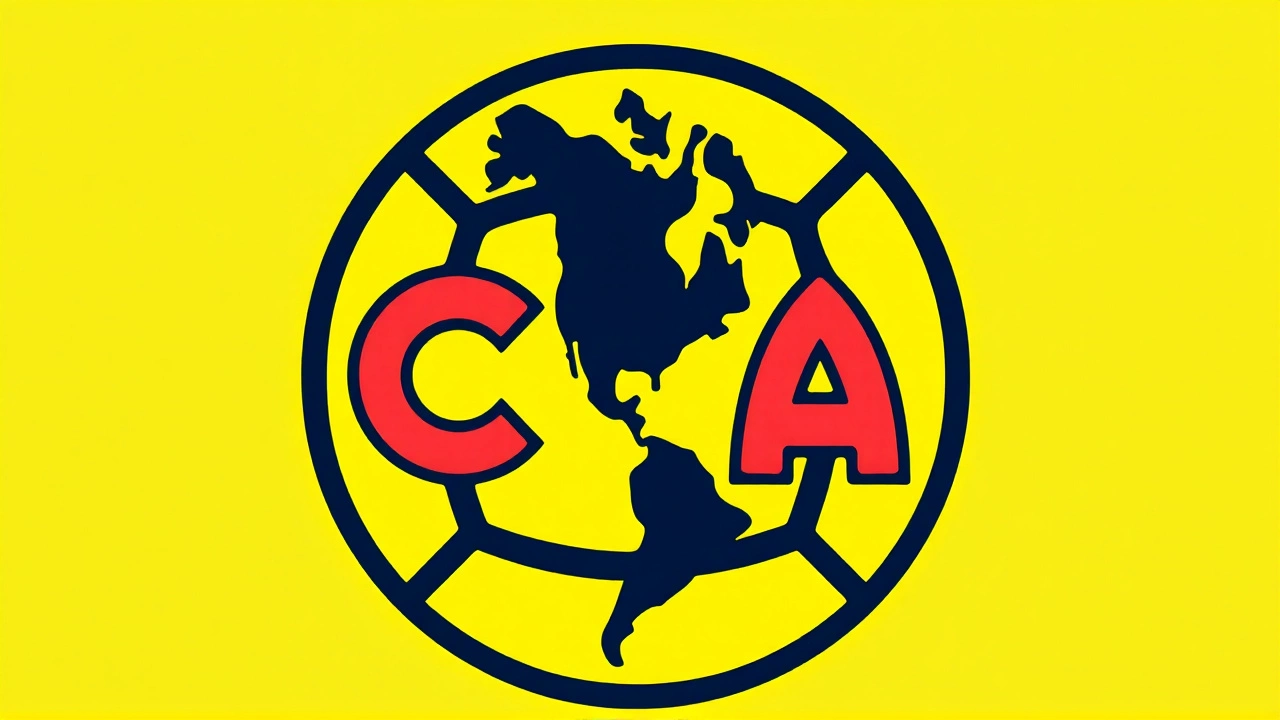When Ignacio Zaragoza, general of the Mexican army commanded a rag‑tag force of roughly 4,000 men on May 5, 1862, the odds were stacked against him. Across the hill, Charles de Lorencez, French general leading a professionally trained corps of 6,500‑8,000 troops under the banner of the French Empire, expected a quick surrender. The clash, known as the Battle of PueblaPuebla de los Ángeles, unfolded on the slopes of Cerro de Guadalupe, roughly 80 miles southeast of Mexico City, and would become a defining moment in Mexican nationalism.
Historical Context: Debt, War, and Foreign Intrusion
Mexico entered the 1860s crippled by two back‑to‑back catastrophes: the loss of half its territory in the Mexican‑American War and the internal Reform War. President Benito Juárez, a staunch liberal, announced a moratorium on foreign debt payments on July 17, 1861. That declaration triggered a three‑nation alliance—France, Spain, and Britain— to intervene in Mexico’s finances.
While Spain and Britain soon settled their claims and withdrew, Napoleon III of the French Empire saw an opportunity: install a pro‑French monarchy in the Americas to counteract U.S. influence. He dispatched a well‑armed expeditionary force that seized Veracruz in early 1862, forcing President Juárez to flee northward.
The Battle Unfolds: Strategy, Missteps, and Heroic Defense
General Lorentz’s intelligence wildly underestimated Puebla’s defenses. He believed the city housed a small garrison that would capitulate to avoid damage. Instead, Zaragoza had fortified the hilltop fortress of Guadalupe with a ditch, a brick wall, and artillery batteries. At 10 a.m. on May 5, French cannons opened fire, followed by three infantry assaults.
The first two attacks were repelled with heavy losses; the third faltered when French shells ran low. Rain thinned the battlefield, turning the French retreat into chaos. Zaragoza seized the moment, ordering a cavalry charge that scattered the invaders. Porfirio Díaz, then a young brigadier general, led a decisive flank attack that cemented the Mexican victory.
Official reports list roughly 1,000 French dead and wounded, while Mexican casualties numbered fewer than 200. The French withdrew to Orizaba, buying Juárez’s government precious time.
Key Figures and Their Roles
Ignacio Zaragoza—Born in what is now Texas, Zaragoza’s mixed Hispanic‑Native background helped him rally a diverse army of regulars, indigenous fighters, and local volunteers. His calm demeanor under fire earned him the moniker “El Hidalgo de la Guerra” among his troops.
Charles de Lorencez—A veteran of the Crimean War, Lorencez’s overconfidence proved costly. His failure at Puebla tarnished his reputation and led to his replacement by General Élie‑Frédéric Forey.
Porfirio Díaz—His cavalry leadership at Puebla vaulted him onto the national stage, eventually paving the way for his long‑term presidency (1876‑1911).
Benito Juárez—Though absent from the battlefield, Juárez’s political resolve kept the Republic alive. He later praised Zaragoza’s bravery in a dispatch dated November 1862.
Aftermath and Legacy: From Siege to Occupation
The triumph at Puebla was short‑lived. In March 1863, General Forey returned with a force of over 30,000 men, instituting a siege that lasted 56 days. The city's defenders, now commanded by General González Ortega, capitulated on April 2, 1863, after exhausting food and ammunition. Many prisoners were shipped to France.
Nevertheless, the battle became a rallying point. Historian Jorge P. Salmon notes, "Puebla proved that a determined, patriotic force could blunt imperial ambition, even if it could not stop it entirely." The French finally withdrew in 1867 after U.S. pressure post‑Civil War and Mexican guerrilla resistance, culminating in General Díaz retaking Puebla on April 2, 1867.
Today, the Mexican state of Puebla commemorates the day as El Día de la Batalla de Puebla, while the United States observes May 5 as Cinco de Mayo, a broader celebration of Mexican heritage.

Modern Commemoration and Cultural Impact
Every year, reenactments on the hills of Guadalupe draw thousands of tourists. Schools across Mexico teach the battle as a case study in national unity. In the U.S., restaurants and brands use Cinco de Mayo to market Mexican cuisine, though the holiday’s historical roots are often misunderstood.
Recent polls from the Instituto Nacional de Estadística y Geografía (INEGI) reveal that 78 % of Mexican respondents view the Battle of Puebla as a symbol of resilience, second only to Independence Day. The event’s enduring relevance underscores how a single day in 1862 reshaped both Mexican self‑identity and international perceptions.
What the Future Holds: Historical Memory in the Digital Age
Digital archives are making primary sources—letters from Juárez, battlefield maps, and French dispatches—more accessible. Universities in Puebla now offer virtual tours of the Cerro de Guadalupe, allowing a global audience to experience the terrain that shaped the battle.
As historians digitize more 19th‑century documents, new interpretations may emerge about the political calculations behind Napoleon III’s Mexican adventure, potentially reframing the battle’s place in world history.
Frequently Asked Questions
Why is the Battle of Puebla considered a turning point despite the eventual French occupation?
The victory proved that a smaller, poorly equipped force could defeat a superior European army, boosting Mexican morale and encouraging continued resistance. It also forced France to pause its advance, buying the Republic time to regroup before the 1863 siege.
How did the financial crisis after the Mexican‑American War lead to foreign intervention?
Mexico’s $90 million debt to European creditors, compounded by war reparations and internal civil strife, left the treasury empty. President Juárez’s July 17 1861 moratorium triggered the London Convention, where France, Spain, and Britain demanded repayment, setting the stage for French militarized intervention under Napoleon III.
What role did Porfirio Díaz play at Puebla, and how did it affect his later career?
Díaz led a decisive cavalry charge that routed French flanks, earning him national fame. The battlefield reputation propelled him into politics, eventually enabling his long presidency (1876‑1911), during which he modernized the country but also entrenched authoritarian rule.
How is Cinco de Mayo celebrated differently in Mexico versus the United States?
In Puebla, May 5 is a solemn remembrance with military parades and historical reenactments. In the United States, it has evolved into a festive celebration of Mexican culture—music, food, and drinks—often detached from the original battle’s historical significance.
What new research is reshaping our understanding of the French Intervention?
Recent digitization of French military correspondence reveals that Napoleon III’s motives were as much about European power politics as about Mexican economics. Scholars now argue the intervention was a test of French influence after the 1859‑60 Italian unification, adding a broader geopolitical layer to the classic economic narrative.




Write a comment